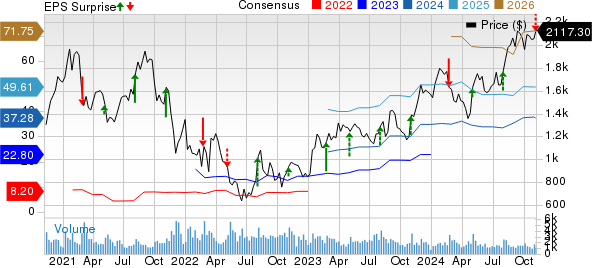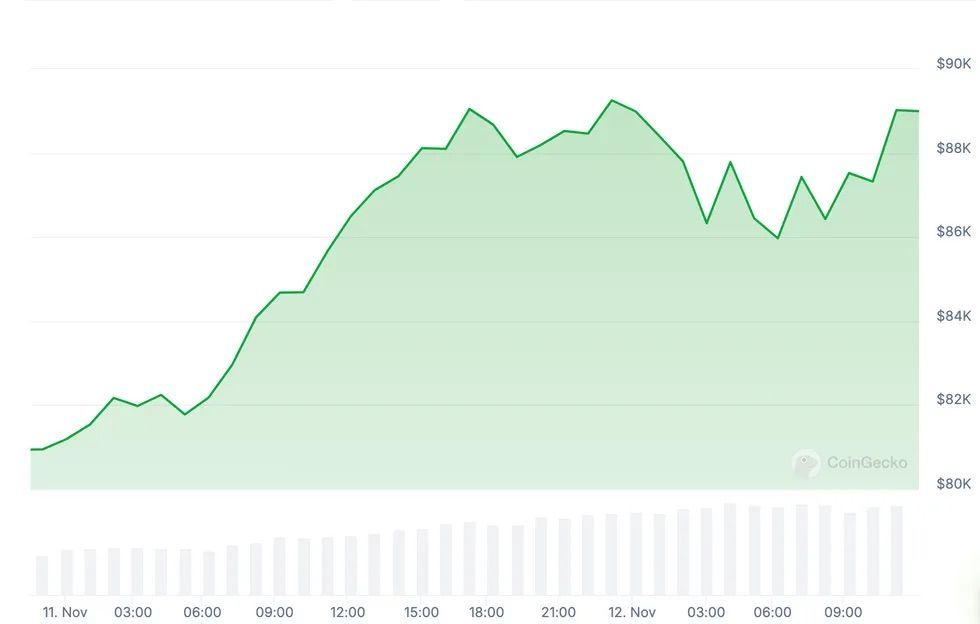If you’ve ever attempted a substantial purchase like a home or a vehicle, the weight of your credit score is not lost on you. The loftier your credit rating, the more favorable the loan terms and the greater the lenders’ eagerness to vie for your patronage.
Credit ratings transcend individual borrowers, reaching into the realm of corporate entities. Agencies such as Fitch, Moody’s, and Standard & Poor’s (S&P) – a subsidiary of S&P Global – are tasked with assessing the creditworthiness and risk levels of corporate and government debt.
The Changing Landscape of Credit Ratings
In August 2011, amidst the fallout of the financial crisis in the United States, S&P made a significant move by downgrading the U.S. credit rating from AAA, the highest possible rating, to AA+, the second-highest grade. Fast forward to August 2023, Fitch Ratings followed suit and lowered the U.S. credit rating from AAA to AA+. While these ratings still reflect a solid probability that the U.S. government will honor its debts with minimal risk of default, the pristine rating of yore had slipped away.
Similarly, within the corporate landscape, a notable shift has occurred over the years. In 1980, about 60 publicly traded companies boasted the prestigious AAA credit rating. Yet, after over four decades punctuated by acquisitions, mergers, bankruptcies, and economic transformations, only two public companies proudly retain this exceptional credit status.
Johnson & Johnson: A Healthcare Titan
One of the colossal industry leaders bearing the AAA credit rating from Standard & Poor’s is the healthcare behemoth Johnson & Johnson (NYSE: JNJ), fondly known as “J&J.”
In a recent assessment, S&P reaffirmed J&J’s AAA credit rating with a negative outlook. Despite concerns over increasing debt from recent acquisitions, such as Abiomed, Laminar, and Shockwave Medical, and uncertainties about ongoing lawsuits, S&P acknowledged J&J’s capacity to swiftly reduce leverage when needed.
Over the years, Johnson & Johnson has proven to be a cash-flow powerhouse, driven by a strategic shift towards the pharmaceutical segment, known for its lucrative margins and pricing power. The company’s sustained investment in innovation and collaborations underscores its commitment to growth within this high-margin sector.
The enduring appeal of J&J lies not just in its pharmaceutical focus but also in its position as a leading medical technology firm, poised to benefit from global demographic trends towards aging populations and increased medical requirements.
Microsoft: The Software Giant
The sole other publicly traded company holding a credit rating higher than the U.S. government, alongside J&J, is the software giant Microsoft (NASDAQ: MSFT).
In a recent evaluation, S&P reaffirmed Microsoft’s AAA rating, with a stable outlook – indicative of the company’s secure credit standing in the foreseeable future. Microsoft’s success story is a blend of innovation, established operating segments, and a robust cash position.
Microsoft’s Strategic Investments Fuel Growth and Innovation
Driving Growth Through AI Integration
Microsoft’s upward trajectory in the tech sphere is multifaceted, with the strategic integration of artificial intelligence (AI) solutions into its robust cloud-based platforms standing out as a hallmark move. In a digital age characterized by relentless innovation, it comes as no surprise that Microsoft’s Azure platform, the globe’s No. 2 cloud infrastructure service in terms of enterprise spending, has surged ahead thanks to the infusion of generative AI solutions.
Amid the dynamism of today’s technology landscape, traditional software behemoths must adapt to survive. While Microsoft’s legacy operations, notably Windows and Office, may have lost some of their former growth pizzazz, they continue to lord over substantial market shares, delivering healthy profit margins. Profits from these stalwart segments serve as a financial springboard for bolder, growth-centric initiatives.
As fiscal 2024 drew to a close, Microsoft flaunted a formidable financial fortress, amassing over $75 billion in cash, cash equivalents, and short-term investments while reeling in a whopping $118 billion in operating cash flow during the fiscal year. This colossal war chest not only fortifies Microsoft’s financial stronghold but also affords the tech titan the luxury of taking calculated risks that many other companies can only dream of.
Inorganic Growth and Strategic Acquisitions
Microsoft’s narrative is a testament to the savvy deployment of capital into lucrative opportunities. In a bold move that reverberated through the gaming industry, Microsoft shelled out close to $69 billion in cash to acquire the gaming titan Activision Blizzard. Moreover, the tech juggernaut hasn’t shied away from placing bets on cutting-edge AI technology, exemplified by its robust investment in OpenAI, the entity driving the widely used chatbot service, ChatGPT.
Delving into the realm of inorganic growth served as the linchpin of Microsoft’s evolution, ensuring the company’s continued relevance and cementing its top-tier credit rating. Such calculated forays into strategic acquisitions have propelled Microsoft into an era of unparalleled innovation and sustained growth.
Fueling Future Success through Prudent Investments
Within the cauldron of technological upheaval, Microsoft’s strategic investments have not only invigorated its product offerings but have also positioned the tech giant as a formidable force in the realm of innovation. By leveraging its financial might to seed ventures into cutting-edge AI solutions and strategic acquisitions, Microsoft has not just weathered the storms of change but has emerged as a beacon of resilience and adaptability in an ever-evolving industry.




